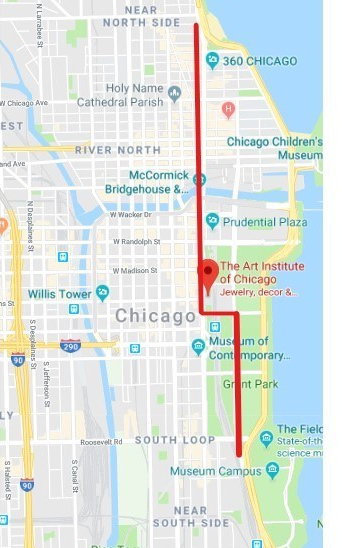Reading the NY Times, Sunday, 5 May 2019, I scan as always for an article that will inspire me to write something of a useful lesson to clients—in business communications and case studies—or an event that just sets my temper to a higher temperature. This meets all criteria.
A native New Yorker (I confess I’ve been an upstater for quite some time) this headline—”6 Years After Hurricane Sandy, Here’s What They Came Up With: Really Big Sandbags” just stopped me in my tracks.
My reaction gives away my roots still run deep: Are your f&^%*(^ kidding me?
It appears in response to Hurricane Sandy in 2012 planners will install large sandbags along sections of the East River and lower Manhattan to arrest an initial storm surge. “Six years of studying it and you come up with sandbags? Really?” — one woman called them “atrocities”.

With no legitimate plans yet in place who knows how long it will be till a permanent solution is reached, no doubt by a consensus. In New York, this means opinions from every commission, community group, politico and those with influence who put ‘thumbs on scales”.
Officials claim they have a more ambitious vision and have begun planning to extend the shoreline of the island into the water to serve as a bulwark against rising sea levels and storm surges.
I contrast this with Chicago, a city I also love, where I was seconded for a few years. To drive from my hotel to the office took me down Michigan Avenue, cutting over behind the Art Institute to South Columbus Drive, hopping on the expressway towards Midway Airport. Monday morning, I headed out only to be detoured back on to Michigan. Seems Mayor Daley felt Columbus was showing wear and about 3 miles would need resurfacing. Well, I figured for the next 10 weeks or so I’d add 20 minutes to my commute. Tuesday morning, I left early but to my surprise, one of six lanes in each direction were completed and ready for traffic.
 What? Seems that at the time Chicago lived up to its unofficial moniker, “The City That Works”. Night crews were just packing up for the next night’s work. That’s right – no traffic disruption allowed during daytime. Within 6 working days (actually, nights) – bang – get your motor running. Imagine this situation in New York…one can only laugh or cry to hysterics for the year or so it would take to fouling traffic and igniting tempers in the Big Apple. Maybe it pays to have an authoritarian in charge? Present government excluded!
What? Seems that at the time Chicago lived up to its unofficial moniker, “The City That Works”. Night crews were just packing up for the next night’s work. That’s right – no traffic disruption allowed during daytime. Within 6 working days (actually, nights) – bang – get your motor running. Imagine this situation in New York…one can only laugh or cry to hysterics for the year or so it would take to fouling traffic and igniting tempers in the Big Apple. Maybe it pays to have an authoritarian in charge? Present government excluded!
Pardon the longish intro but I’m reaching for an important point.
Planning suggests either forethought before a problem arises, usually to make improvements; or reaction to a catastrophe that forces decision makers to, well, decide. And that’s just the start of it. Then there’s the actual planning. In the first instance a usually positive and optimistic series of activities leading to action. The latter is loaded with blame and finger pointing; a pessimistic undertaking—and in New York, everyone has an opinion.
However, some instances are so egregious that there should be blame placed on the shoulders of government and citizens who couldn’t muster the gumption or courage to put their reputations at risk. Looking like a fool does not play well here—and stupidity is more reviled. Congrats graduates.
And this ‘solution’ has the characteristics of every human failing—failure to act with due haste, a rushed temporary solution that will stay in place for about 10 years—cowards who wouldn’t stand up, and above all the hubris that ‘we know best’. With no clear brief offered to professional engineers and architects, not to mention cooperation with, maybe the Army Corps of Engineers, (Maybe not the latter – see New Orleans: Katrina) a more pleasing aesthetic solution equal in civil engineering to the task of keeping waters where they belong might have evolved, with a bit of alacrity.
More than all these failings, the lack of leadership, even a heavy hand with a vision to see this through. No fan of most of Robert Moses’s design decisions—that’s the kind of thumb that should have been on the scale. Where’s our Richard Daley? Even a petty martinet would be favorable to paralysis by analysis.
Makes me glad I moved.
